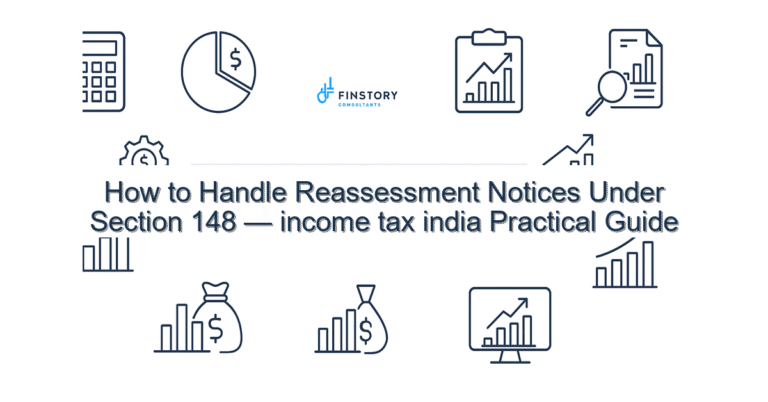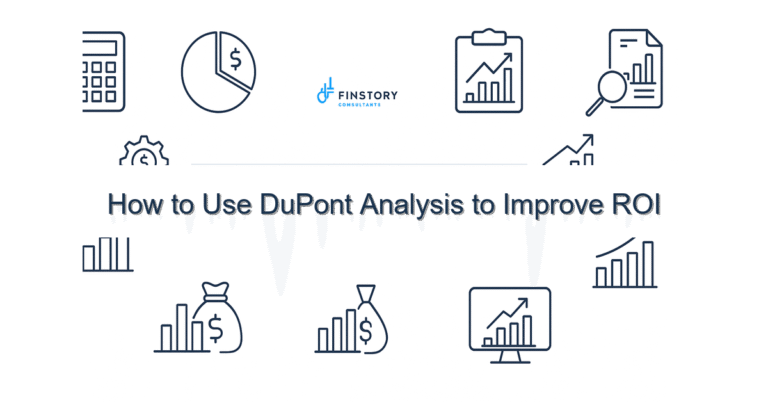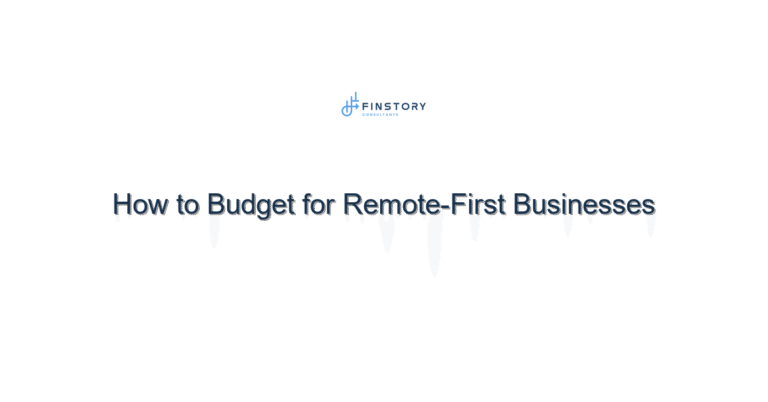How to Factor Currency Fluctuations Into Cash Planning
You run a health system, not a currency desk—and yet exchange rates can quietly rearrange your cash position overnight. You’re juggling patient volumes, supplier contracts and capital plans; FX should be a controlled variable, not a surprise.
Summary: Build a simple, repeatable approach that translates FX exposure into cash forecasts, ties actions to risk tolerances (hedging, timing, pricing) and gives leadership clear, timely metrics to act on—so you protect margins and capital without overcomplicating operations.
What’s the real problem?
Most healthcare organizations have some foreign currency exposure—pharmaceutical purchases billed in other currencies, equipment leases indexed to USD, tuition revenues from international patients, or investments and grants. Finance teams often spot FX impacts after they hit the bank account.
- Cash variances show up monthly and eat into contingency reserves.
- Procurement and clinical teams complain about unexpected price increases for imported supplies.
- Budget holders don’t know when to delay or accelerate payments to reduce cost.
- Leadership sees noise in the cash forecast and loses confidence in scenario plans.
What leaders get wrong
There’s a tendency to either ignore FX or overreact. Both are costly.
- Ignoring small exposures until they cumulate into a big problem.
- Over-hedging every line item, which eats liquidity and increases administrative burden.
- Using static budgets and annual forecasts that don’t refresh with market moves.
- Keeping FX as a treasury-only problem without connecting it to operational decisions.
A better approach
Think of FX as another forecast variable that you translate into cash and make visible to decision-makers. The following framework keeps things practical:
- Measure exposure: Map which cash flows (payables, receivables, capex) are FX-sensitive and quantify month-by-month exposure for 12 rolling months.
- Prioritize by impact: Segment exposures into high, medium and low based on size and ability to shift timing or currency invoicing.
- Apply targeted tactics: Use a mix of natural hedges (matching receipts/payments), selective forward contracts and payment timing—not a one-size-fits-all policy.
- Integrate into the rolling cash forecast: Feed FX-adjusted cash flows into the weekly or biweekly forecast that leadership reviews.
- Set trigger points: Agree thresholds (e.g., a 2% move on a major currency or a projected cash shortfall) that prompt specific actions.
Real-world example: A mid-sized regional hospital group discovered $1.2M of annual exposure from imported cath lab supplies. By moving 60% of supplier contracts to USD pricing where possible, timing some payments to favorable windows, and hedging the remainder for six months, they reduced cash swing risk by roughly two-thirds in the first quarter. That bought time to negotiate longer-term contract terms.
Quick implementation checklist
- Run a 12-month FX exposure heatmap for cash payables and receivables this week.
- Identify the top 10 currency relationships that drive >80% of exposure.
- Classify each exposure: can you re-invoice, re-time, or is it fixed?
- Set up a simple dashboard (one tab) showing net FX-adjusted cash by month.
- Agree on two trigger thresholds with CFO/COO: one for active hedging, one for operational action.
- Implement a rolling 13-week cash forecast that includes an FX-adjusted column.
- Communicate a short playbook to procurement and controllers about when to escalate FX-sensitive decisions.
- Book a 30-minute review with your treasury or banking partner to explore simple forward contracts.
What success looks like
- Forecast accuracy for cash within 5–8% month-over-month (improved from 12–15%).
- Reduction in FX-driven cash variance by 60–75% within one quarter of implementing targeted tactics.
- Decision cycle time cut: from monthly surprises to weekly visibility and same-week action.
- Improved working capital: fewer emergency draws on credit lines and improved days cash on hand by 7–14 days.
- ROI: modest hedging and process changes often pay back within 3–9 months by avoiding FX losses and reducing financing costs.
Risks & how to manage them
Top three risks and practical mitigations:
- Over-hedging: Use size limits and expiry limits. Start small and review outcomes quarterly.
- Operational friction: Involve procurement and clinical leaders early. Create simple escalation rules—don’t crowdsource every invoice.
- Model error: Validate assumptions monthly. Keep scenarios transparent and stress-test the forecast for 5–10% currency moves.
Tools & data
You don’t need exotic systems—just disciplined data flows and the right visualizations.
- Finance automation to pull actuals and open payables/receivables into one staging table.
- Power BI or another reporting tool to build a rolling cash dashboard with an FX-adjusted column and scenario toggles.
- Simple leadership reporting: a one-page FX summary for the weekly ops/finance review showing net exposure, trigger status, and recommended actions.
- Banking platforms or a treasury module for executing forward contracts; integrate trade confirmations back into the forecast.
Next steps
Start with the exposure heatmap and a one-page dashboard. If you prefer, we can run a short diagnostic to map exposures, set practical triggers, and build the dashboard your leadership will actually use. Schedule a 30-minute call to see a demo and get a tailored plan.
Work with Finstory. If you want this done right—tailored to your operations—we’ll map the process, stand up the dashboards, and train your team. Let’s talk about your goals.
📞 Ready to take the next step?
Book a 20-min call with our experts and see how we can help your team move faster.
Prefer email or phone? Write to info@finstory.net
or call +91 44-45811170.






